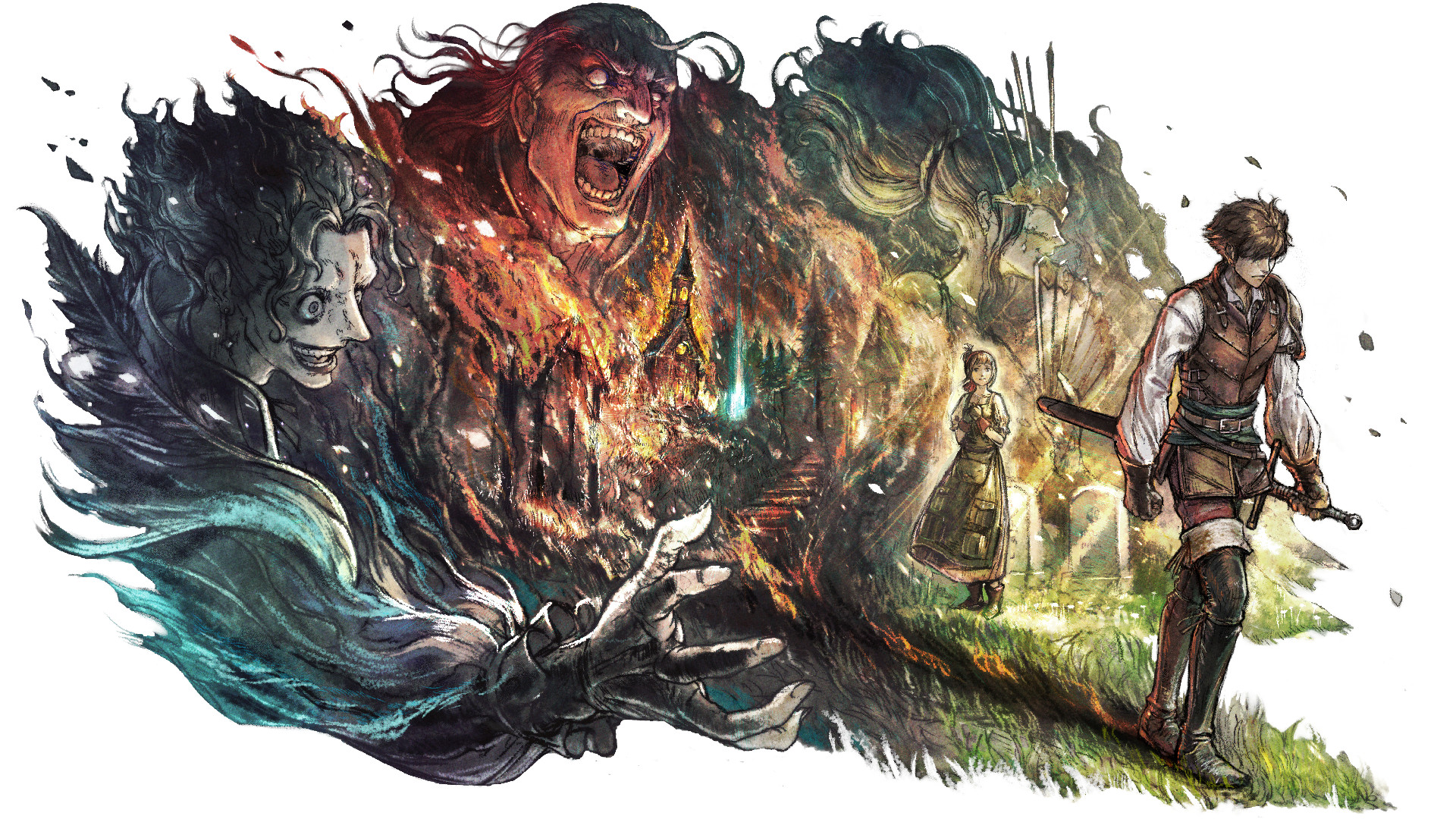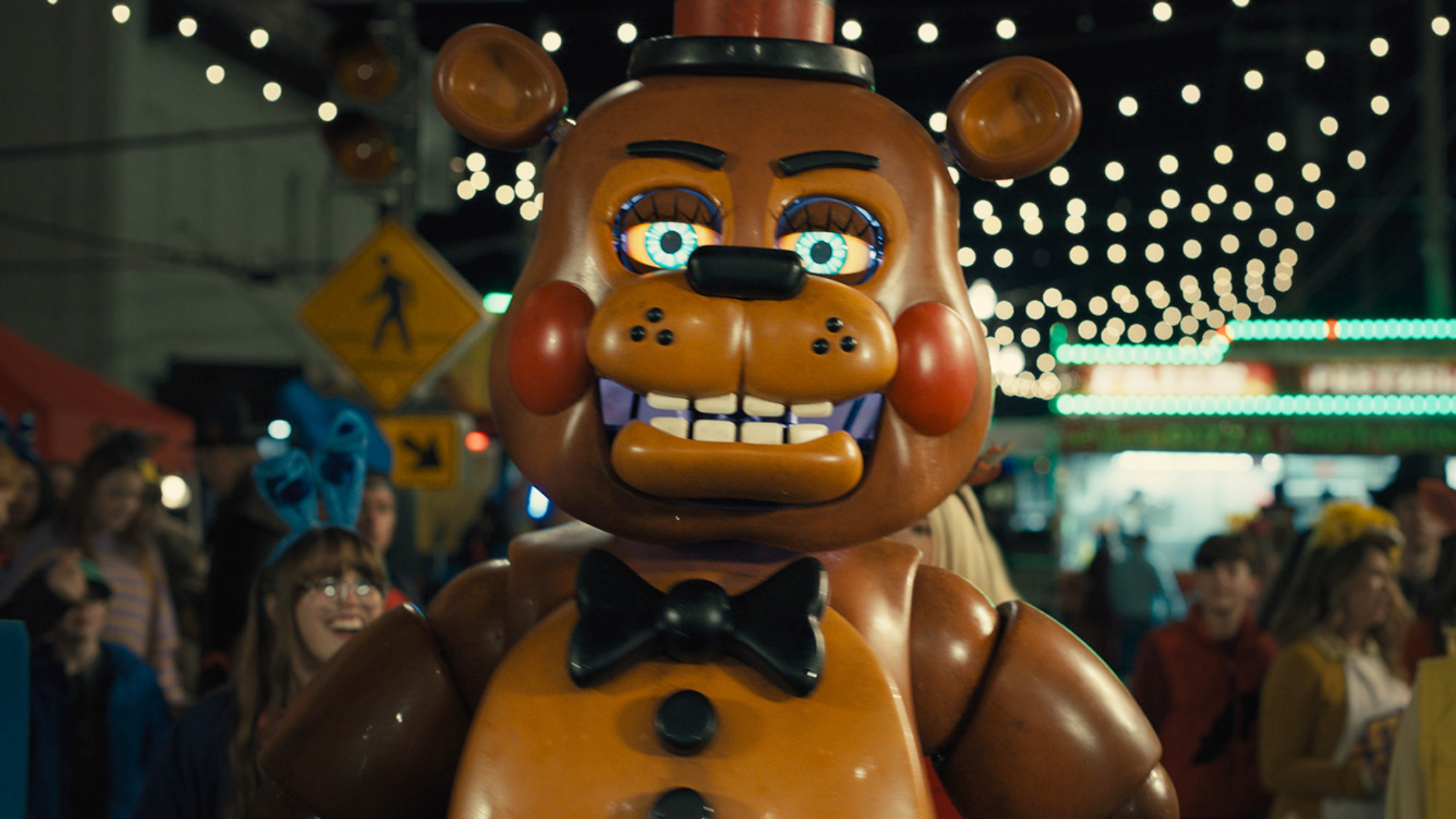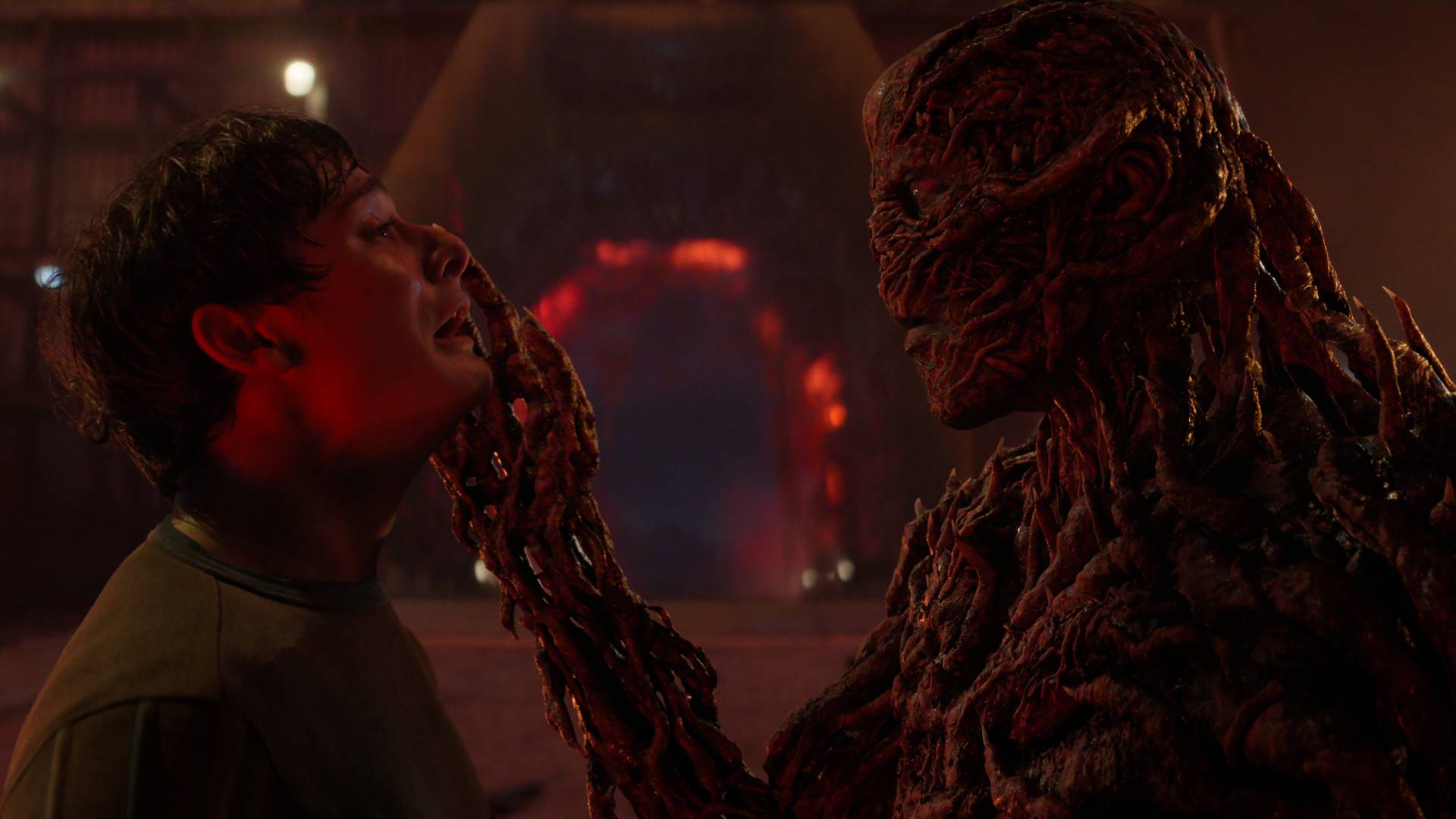11 games that got sequels in an insanely short time
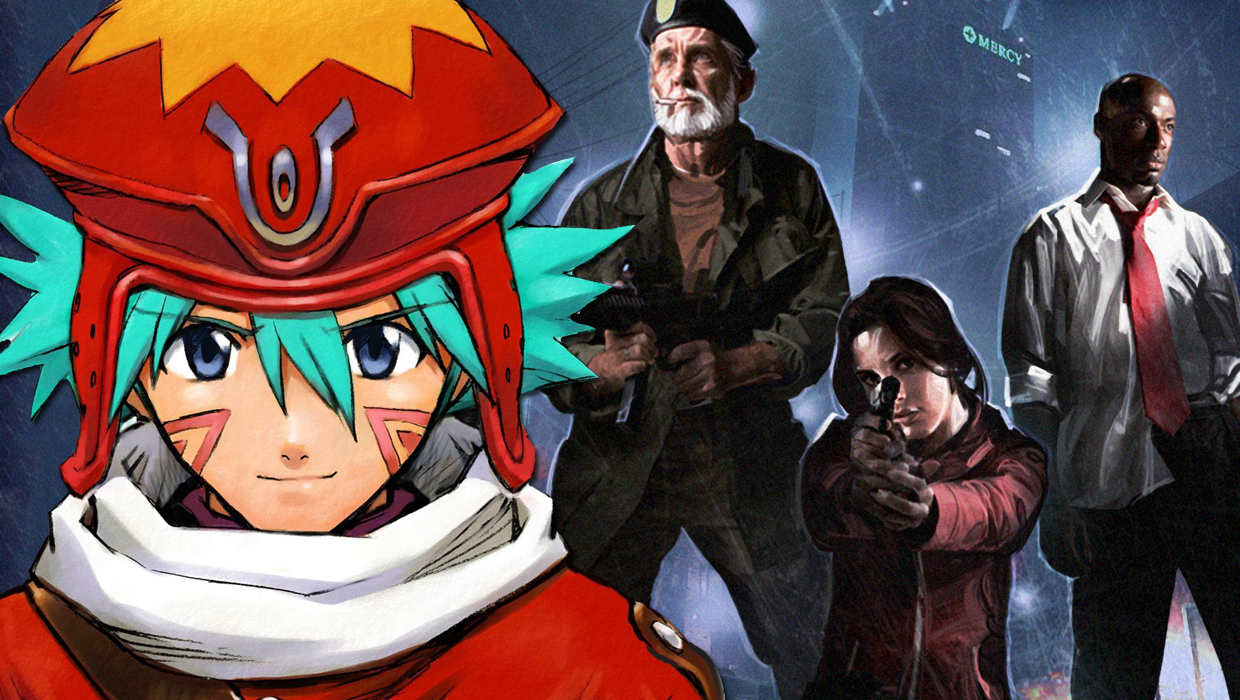
Back so soon?
These days, it seems like fast sequels get more flak than a person trapped in a live grenade factory. All those long-running franchises can get a little tiresome, with some companies churning out games for the same handful of series, year after year. You can't blame them for wanting to strike while the iron's still hot, even if some sequels arrive so suddenly that you've barely gotten to know the preceding game. But you have no idea just how drastic it can get.
You think annualization is fast? The following games and their sequels make a year between releases look like an eternity. Now, it'd be silly to include games that were purposely developed to release alongside one another; only a fool would say Pokmon X is a sequel to Pokmon Y. That also goes for spin-off releases that were purposefully timed in close proximity (like Metroid Prime and Metroid Fusion dropping on the same day). Instead, let's look at just how quickly some sequels in a main series showed up...
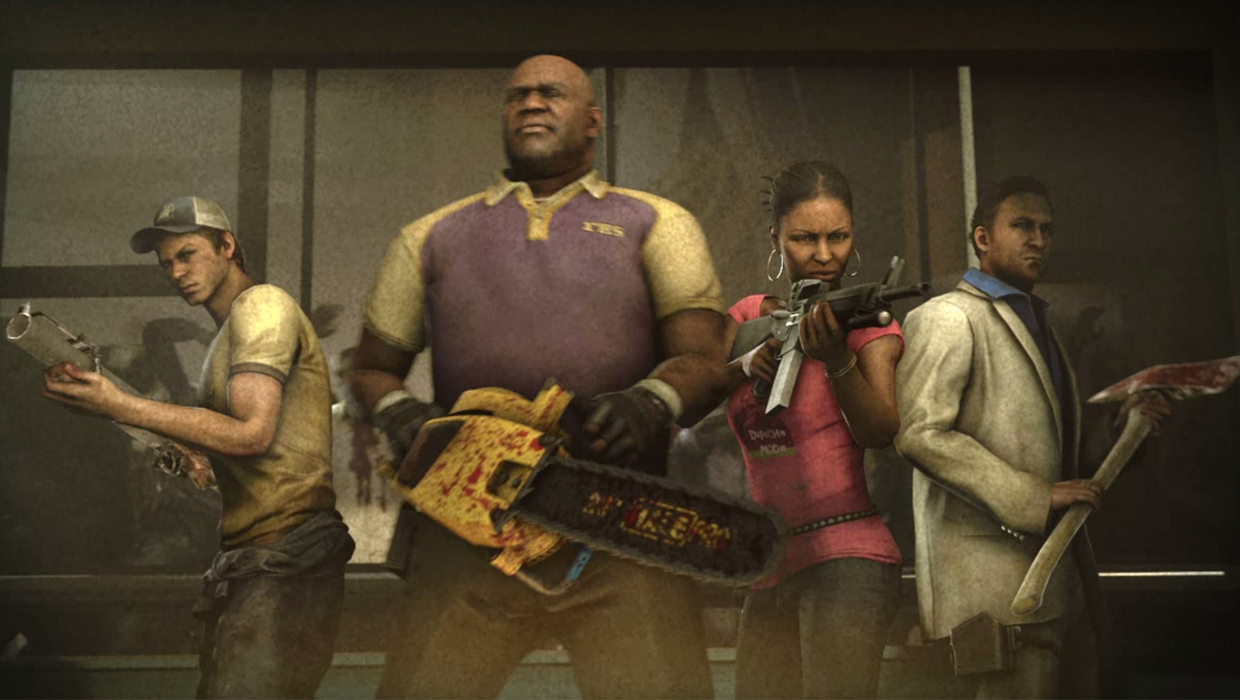
Left 4 Dead / Left 4 Dead 2
Release dates: November 17, 2008 / November 17, 2009
Time elapsed: 1 year
L4D is the poster child for quick sequel turnarounds, but with exactly a year between games, L4D2 is the most belated sequel on this list. Most of the ill-will for its surprising announcement was just a problem of perception. Valve has a history of taking eons between numbered sequels; just look at the nine year gap between Team Fortress Classic and TF2. With those kinds of standards, it becomes easier to understand why long-time Source fans wrongly assumed that L4D2 would be a crappy cash-in. What's less understandable is why so many of the self-proclaimed boycotters were still buying and playing the game on day one.
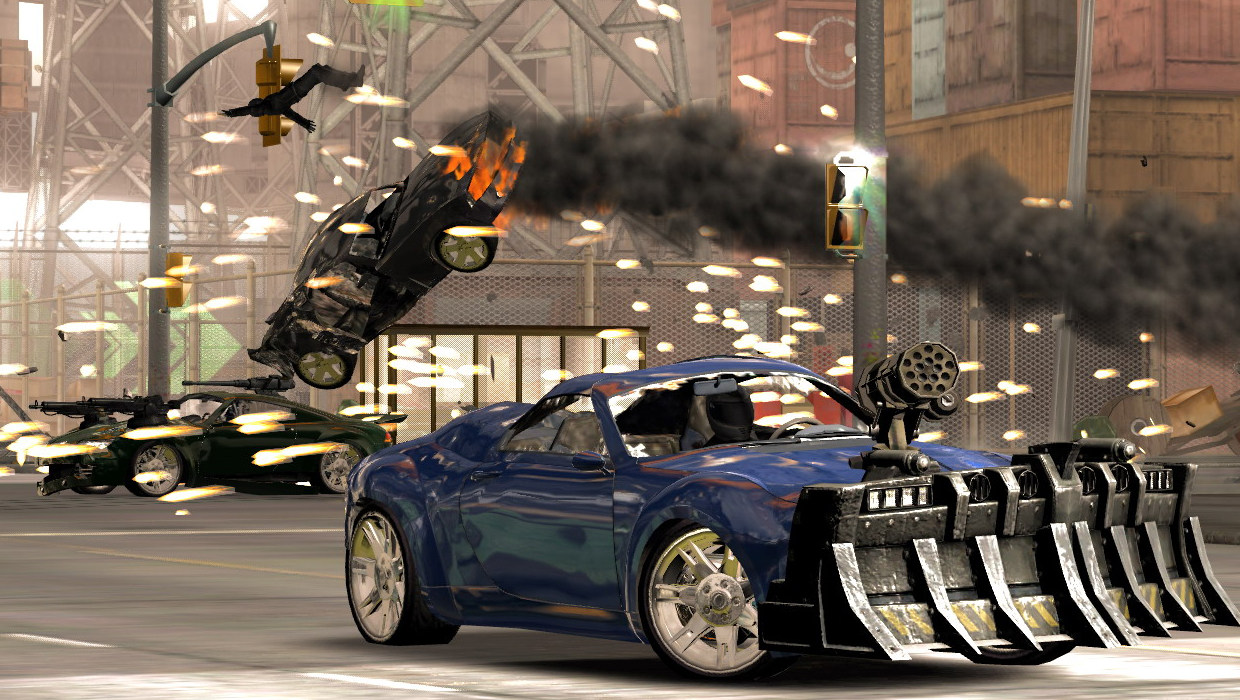
Full Auto / Full Auto 2: Battlelines
Release dates: February 14, 2006 / December 7, 2006
Time elapsed: 9 months, 23 days
This pair of generic car combat games is a bit like Twisted Metal, minus any semblance of personality. Few people are aware that these games even exist, but for reasons humankind may never fully understand, Sega cracked the whip on developer Pseudo Interactive to bang out a sequel. Sadly, that sequel ended up being the last game the studio ever made. And here's a fun fact: The original Full Auto started development as a PC title, then wound up being Xbox 360 exclusive. Meanwhile, Full Auto 2: Battlelines is only available on PS3 and PSP. No, I don't understand it either.
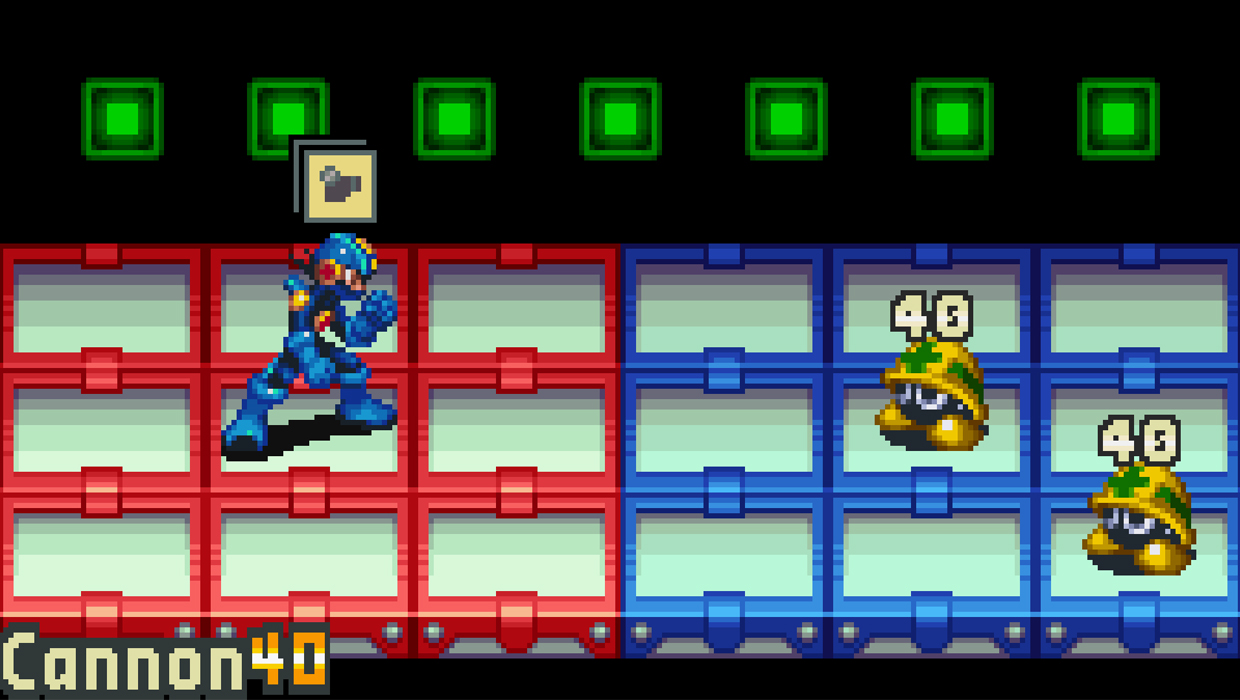
Mega Man Battle Network / Mega Man Battle Network 2
Release dates: March 21, 2001 (JP) / December 14, 2001 (JP)
Time elapsed: 8 months, 23 days
As a franchise, Capcom's Mega Man series is well known for pumping out sequels in quick succession. Mega Man 4 and 5 on the NES came out only 363 days apart, while the space between Mega Man X and X2 on Super Nintendo was just one day short of a year. But neither of those follow-ups can compete with the time between the turn-based Battle Network and its sequel. Apparently, the short respite between games wasn't a big deal, seeing how MMBN2 led to four more sequels (all of which had multiple versions).
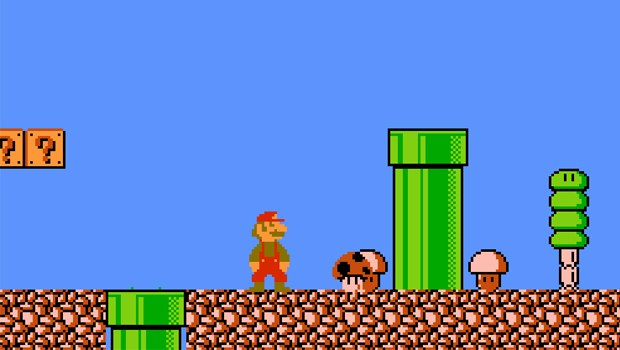
Super Mario Bros. / Super Mario Bros. 2
Release dates: September 13, 1985 (JP) / June 3, 1986 (JP)
Time elapsed: 8 months, 21 days
Yep, even a timeless classic like Super Mario Bros. had a sequel cranked out in less than a year's time. Japan's Super Mario Bros. 2--which you probably know as Super Mario Bros.: The Lost Levels--is built on the same engine as the original, which must've shortened the development time significantly. It was essentially made as an expert-level challenge for those who had fully mastered the first game, because the difficulty level of the original SMB2 lies somewhere between "cruel" and "Battletoads." Think of it as NES-era DLC that hates you.
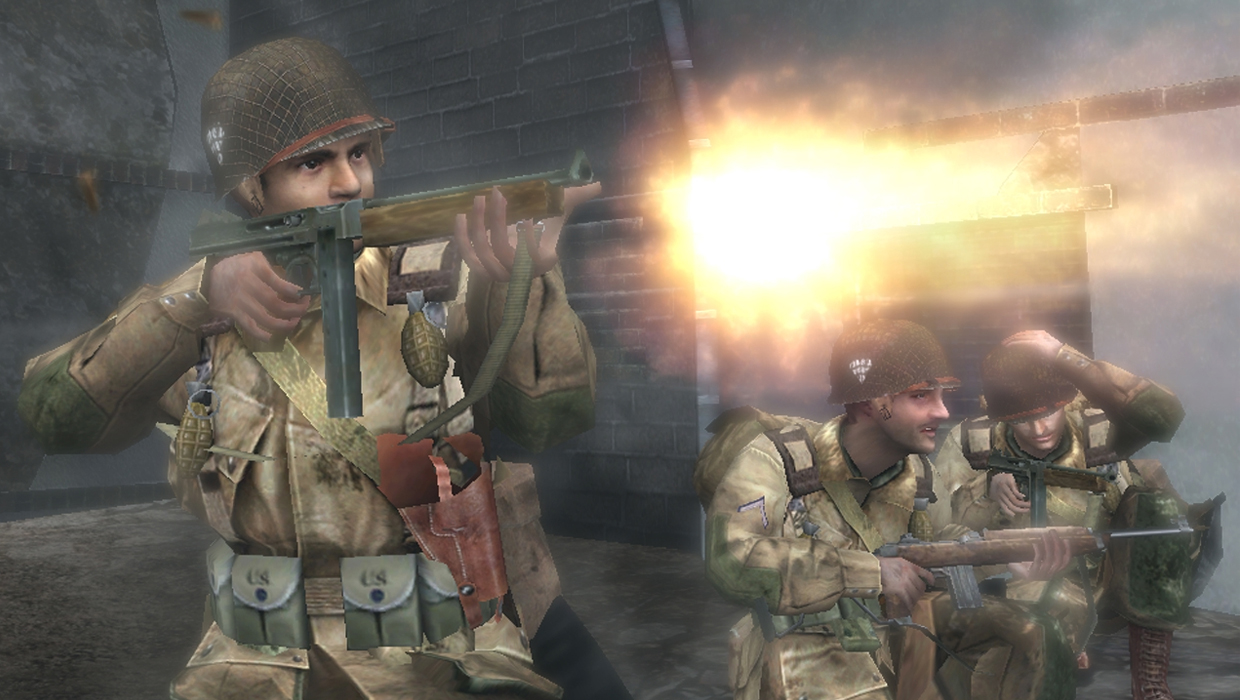
Brothers in Arms: Road to Hill 30 / Brothers in Arms: Earned in Blood
Release dates: March 1, 2005 / October 28, 2005
Time elapsed: 7 months, 27 days
After sharpening their teeth on Half-Life spin-offs, the folks at Gearbox Software got to work on their own original series. As with all first-person shooters set during WW2, Gearbox's Brothers in Arms spawned a litter of sequels. The first of them, Brothers in Arms: Earned in Blood, came around a mere seven months after the original Road to Hill 30. Using only the sequel's subtitle as evidence, I've concluded that the developers probably released the contents of their veins atop a sacrificial Pagan altar, chanting to a hateful god in order to successfully achieve such a short development cycle.
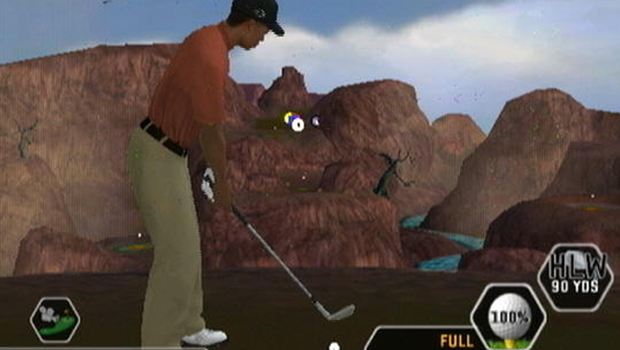
Tiger Woods PGA Tour 07 / Tiger Woods PGA Tour 08
Release dates: March 13, 2007 / August 28, 2007
Time elapsed: 5 months, 15 days
The obvious joke here is that every sports game is just an annualized sequel, and I dare say I'm inclined to agree. But this pairing is a particularly special case, as a mere five months separate the "yearly" installments of Tiger Woods' golf games on the Wii. You can blame that on a ridiculously late Wii port, which was somehow prioritized below the PS2 and Xbox versions that were ready in time for 2006. Apparently the two sequels bumping against each other made no difference to the world at large, as the Metacritic scores for the Wii versions show only a single point difference.
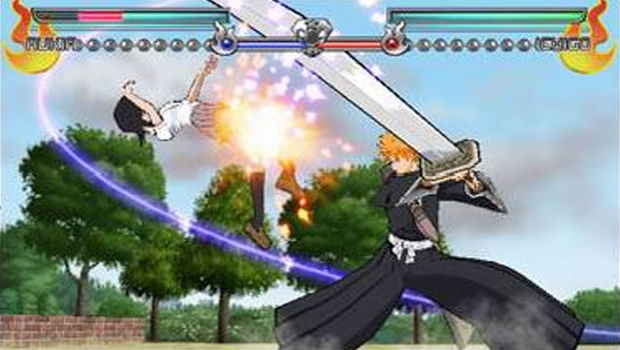
Bleach: Heat the Soul / Bleach: Heat the Soul 2
Release dates: March 24, 2005 / September 1, 2005
Time elapsed: 5 months, 8 days
A lot of gamers seem to favor safe bets. Once they've played something they like, they're evidently content to keep buying slightly different versions of that product again and again and again. The manga-based fighting game Bleach: Heat the Soul--followed by Heat the Soul 2, 3, 4, 5, 6, and 7, all of which were released in subsequent years--illustrates this point beautifully. I may never truly know if the game warranted that many sequels in short succession, since the series hasn't been released outside of Japan. But I suspect that seven games in seven years probably takes its toll on meaningful improvements and innovation.
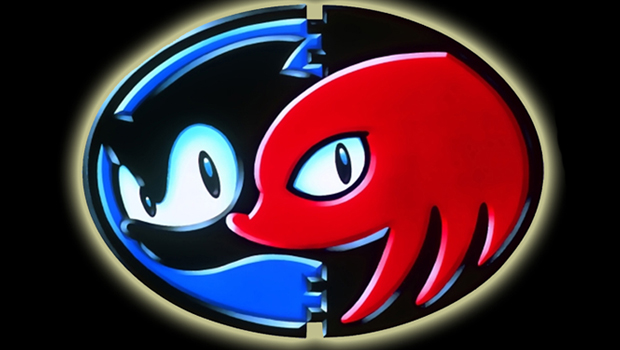
Sonic the Hedgehog 3 / Sonic & Knuckles
Release dates: May 27, 1994 (JP) / October 28, 1994 (JP)
Time elapsed: 5 months, 1 day
Sega pulled a real how-do-you-do on its customers with these little numbers. Sorry, that was the 1950s company man in me talking. Anyways, these two were originally developed as one singular game, which explains why they're so dang similar. In the end, the project got split in two thanks to dwindling resources and looming deadlines. If you're curious about how the original vision might've played, you can actually employ Sega's "lock-on" technology by plugging Sonic 3 into the top of the S&K cart and playing the hybridized result. True story.
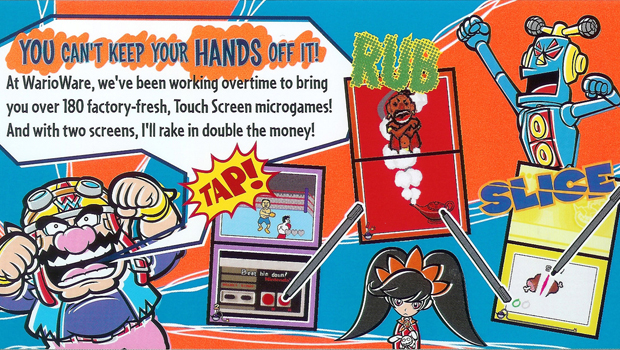
WarioWare: Twisted! / WarioWare: Touched!
Release dates: October 14, 2004 (JP) / December 2, 2004 (JP)
Time elapsed: 1 month, 18 days
Twisted and Touched: two words that can either describe an insane individual or the state of one's nipples after a Purple Nurple Deathmatch (the latter of which I'm shocked hasn't yet been made into a WarioWare microgame). Both these games were developed by Nintendo with help from Intelligent Systems--Touched for the DS and Twisted for the Game Boy Advance (with a fancy, rumbling, movement-detecting gyro sensor built right into the cart).
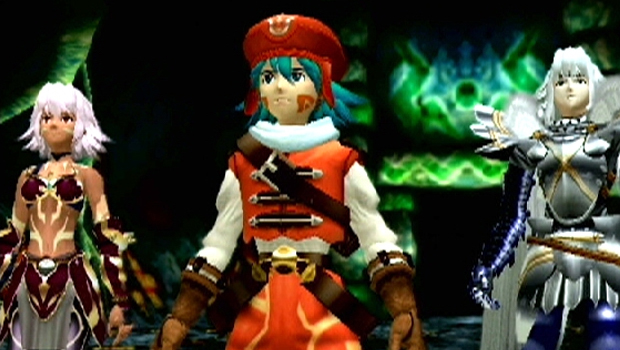
The .hack// tetralogy
.hack//Infection - June 20, 2002 (JP)
.hack//Mutation - September 9, 2002 (JP)
.hack//Outbreak - December 12, 2002 (JP)
.hack//Quarantine - April 10, 2003 (JP)
Before Telltale Games perfected the format, episodic games weren't really a thing you could do on consoles. But that didn't stop Japanese developer CyberConnect2 from trying, and what gamers got was a series of closely linked retail releases that felt like four chunks of a single whole. Each individual game, which retailed at full price, is sparse by JRPG standards. Not much changed between installments, so if you didn't know you were buying into a package deal, it was easy to feel underwhelmed by these "sequels."

The Imagine series circa 2009
Imagine: Fashion Party - January 20, 2009
Imagine: Cheerleader - February 3, 2009
Imagine: Ice Champions - March 3, 2009
Imagine: Family Doctor - March 26, 2009
Imagine: My Restaurant - March 27, 2009
Imagine: Makeup Artist - May 12, 2009
Imagine: Music Fest - May 26, 2009
Imagine: Boutique Owner - June 2, 2009
Imagine: Soccer Captain - August 11, 2009
Imagine: Teacher: Class Trip - August 25, 2009
Imagine: Detective - September 8, 2009
Imagine: Party Planner - September 24, 2009
Imagine: Salon Stylist - September 29, 2009
Imagine: Reporter - September 30, 2009
Imagine: Zookeeper - October 6, 2009
Imagine: Artist - October 13, 2009
Imagine: Fashion Designer World Tour - October 20, 2009
Imagine: Babyz Fashion - November 3, 2009
OK, so technically these games don't occupy the same timelines or star the same characters. But just look at that list of loosely related sequels released in the span of a single year. Good lord. It's like some higher-up at Ubisoft had just been unfrozen from a centuries-long cryogenic sleep in 2009, then ordered a team of developers to rapidly simulate every human experience they could think of to bring him up to speed. Next, having educated their still-thawing boss on the ins and outs of Babyz Fashion and Music Fest, the dev team decided to release all these games as DS shovelware, possibly to make back those payments on the cryotube.
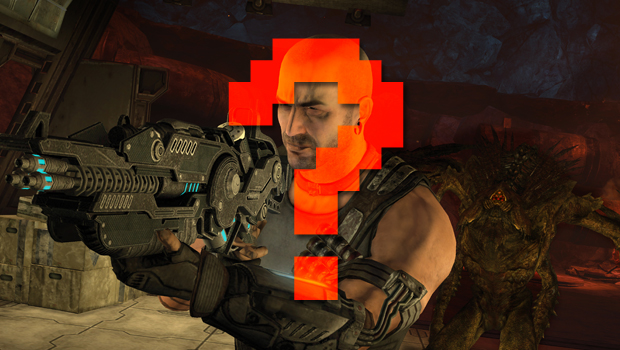
Record time
Kinda puts things in perspective, doesn't it? Any other sequels you could've sworn came out back to back? Perhaps Red Faction: Armageddon, pictured above (which actually got released a full two years after Red Faction: Guerilla)? Let us know of any shockers in the comments below!
And if you're looking for more, check out Greatest hits! The 19 most satisfying punches in games and 10 dark theories about Nintendo games that will ruin your childhood.

Lucas Sullivan is the former US Managing Editor of GamesRadar+. Lucas spent seven years working for GR, starting as an Associate Editor in 2012 before climbing the ranks. He left us in 2019 to pursue a career path on the other side of the fence, joining 2K Games as a Global Content Manager. Lucas doesn't get to write about games like Borderlands and Mafia anymore, but he does get to help make and market them.
